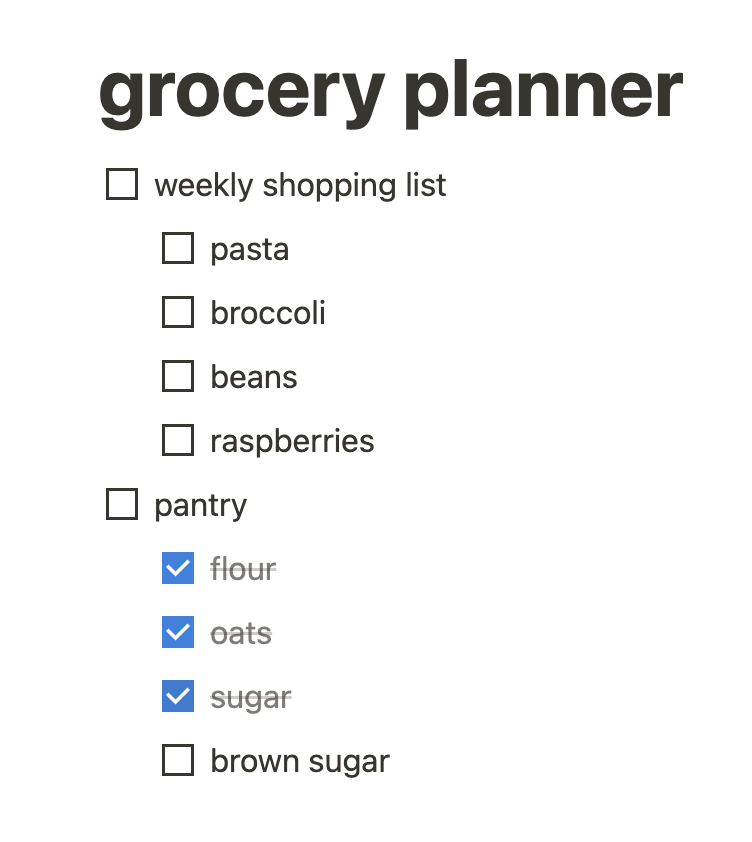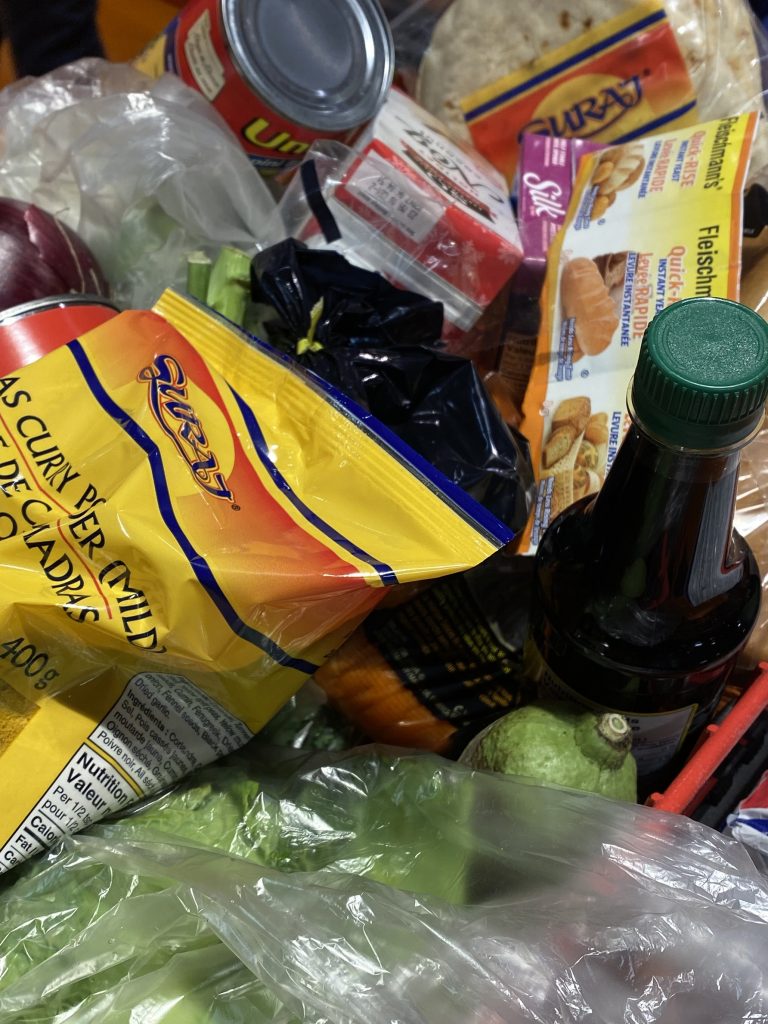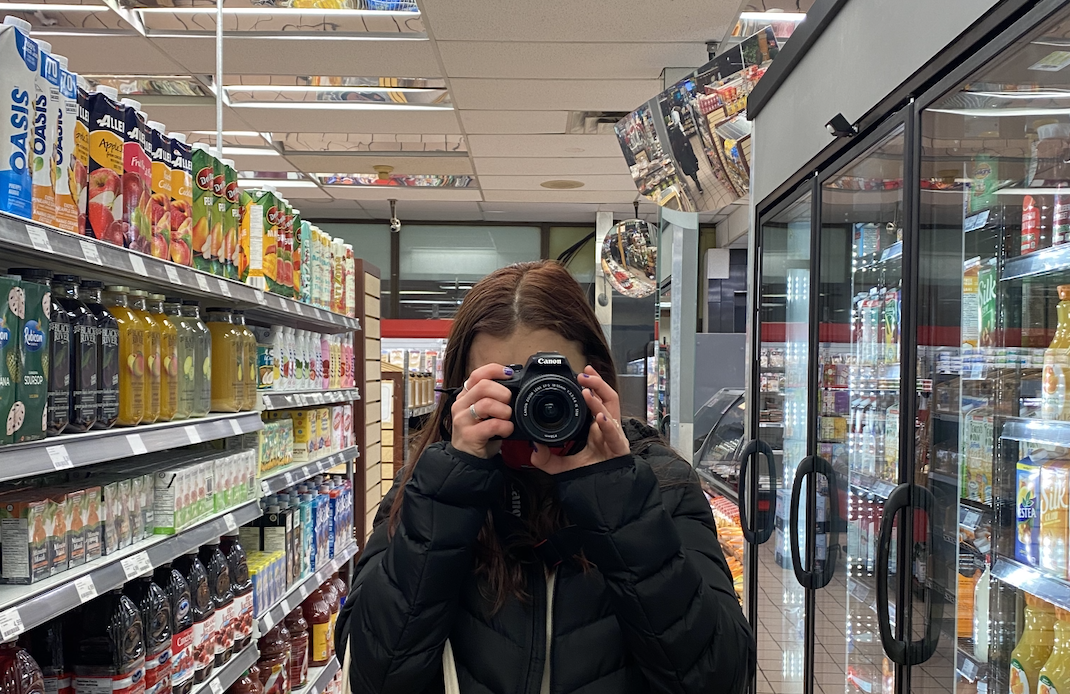How many times have you found yourself with a fridge full of rotting food that you didn't know how to use? What about coming home from a day of class to find that you're already out of food? If either of these situations sound familiar, you might want to check out my tips on how to grocery shop effectively!
1. Make a List
Making a grocery list is the very first thing you should be doing before every trip. I know it sounds basic, but this stage allows you to think ahead and plan out your meals, which can help you save money and cut down on food waste. By making a list, you can ensure you get the right amount of food, you have foods that will work together to create meals, and you don't spend money on unnecessary items.
I make my grocery lists through a system that helps me to keep track of what I have in my apartment at all times. The system that works for me looks like this:
- make a list of all the foods you like to eat - I sort this by type of food (pantry, fruit, vegetables, proteins, dairy, etc.)
- use an online list maker (I like Notion) to keep track of which items I have in the apartment - check foods off as I buy them, and un-check them when I'm out
- think about what I want to eat in the upcoming week, and cross-check these foods against the list of food I have at home - add anything I need to buy to a new list for your grocery trip

2. When you go to shop, stick to the list
Now that you have your grocery list, you need to stick to it. I find that this can be one of the main things that helps keep costs down. If I don't follow the list, I might be tempted to buy all kinds of things I don't need. Not only will this add expenses, but the food will also probably go bad because I'm buying more than you can eat.
Also, by not following my list, I might miss buying something essential, and I'll have to spend time making another trip to the store.
3. Keep your list updated throughout the week
The list system will be the most effective if I keep it up to date with all of the food I use, and all of the food I buy. Otherwise, I might forget you have something and buy more than I need. I also might think you have something but I don't, and then I'll need to go back for it.

What can I eat as a student if I don't have much money?
In my experience, you can get everything you need for a week for about $50. Using cheap carbs (pasta, rice, oats) as a base for my meals gives me a lot of bang for my buck. Buying cheaper proteins like tofu and beans is great, and if you eat meat you can combine them to make your meat protein sources last longer. There is totally room for fresh produce in this budget as well. Depending on how much I am able to spend, the amount of fresh produce I eat will vary, but I absolutely prioritize it whenever possible. A good rule of thumb is to have at least 1-2 different fruits or vegetables in each meal. Variety helps make sure that my diet remains balanced!

0 comments on “Grocery Shopping 101”